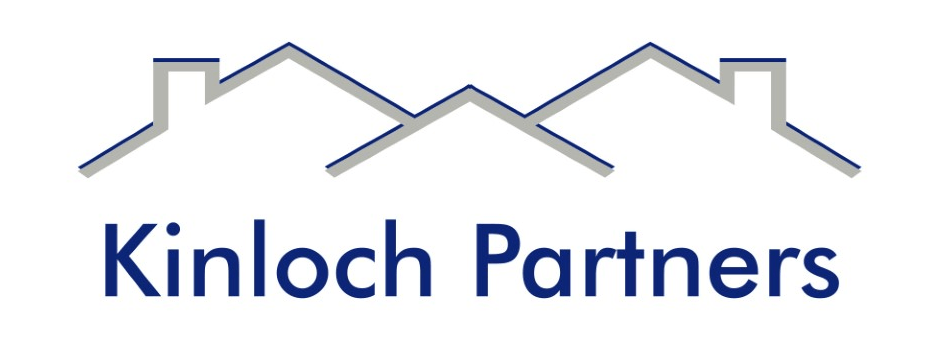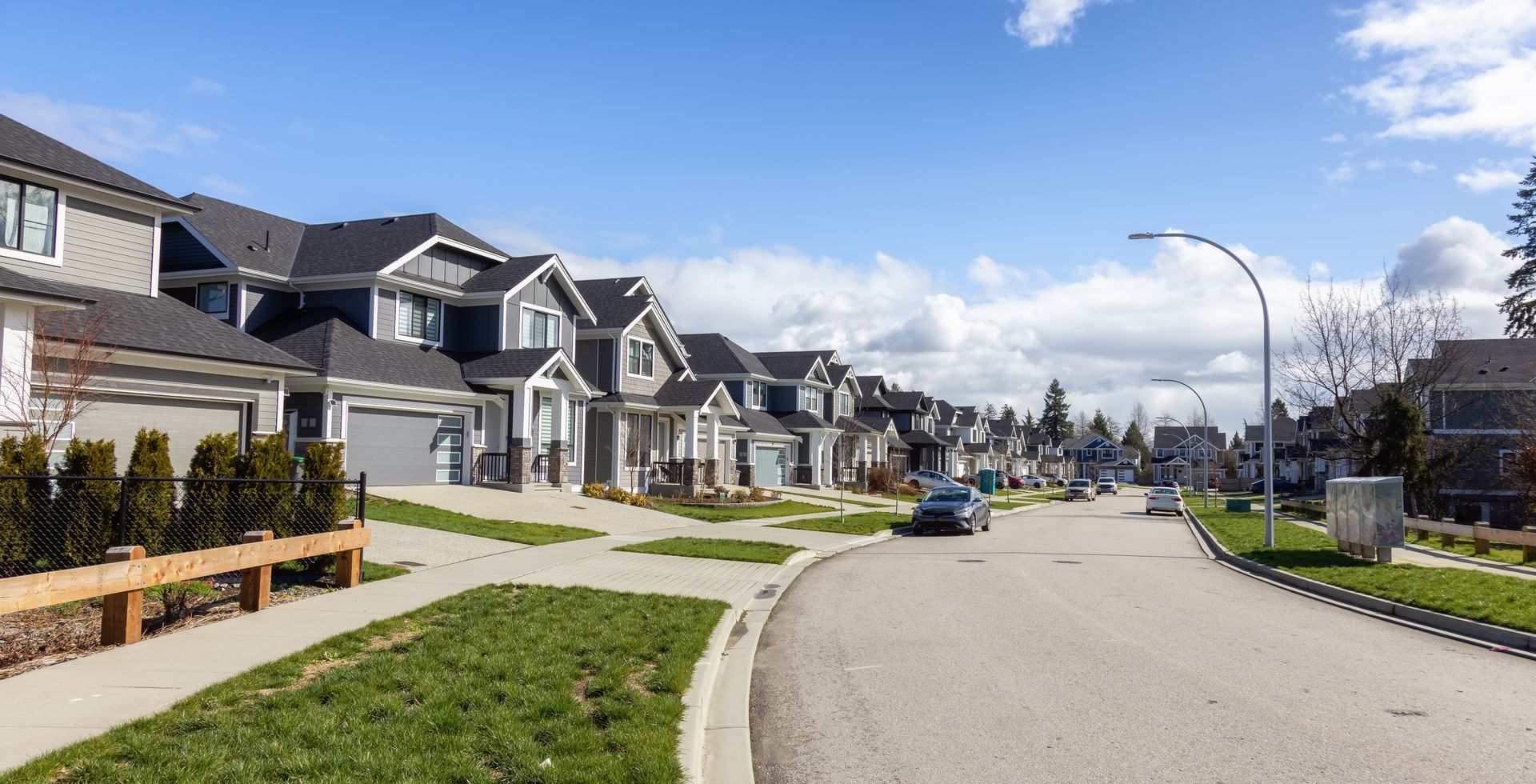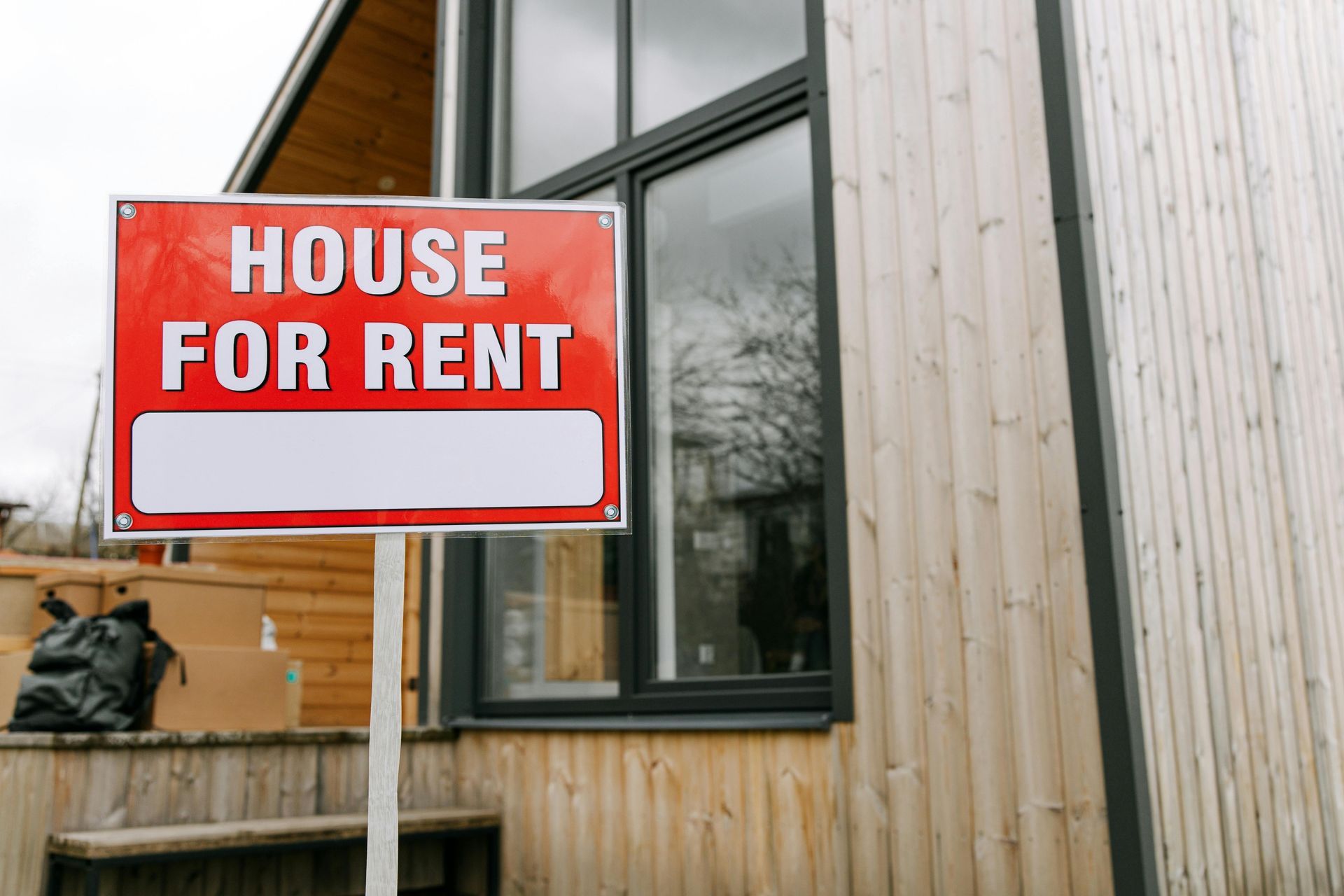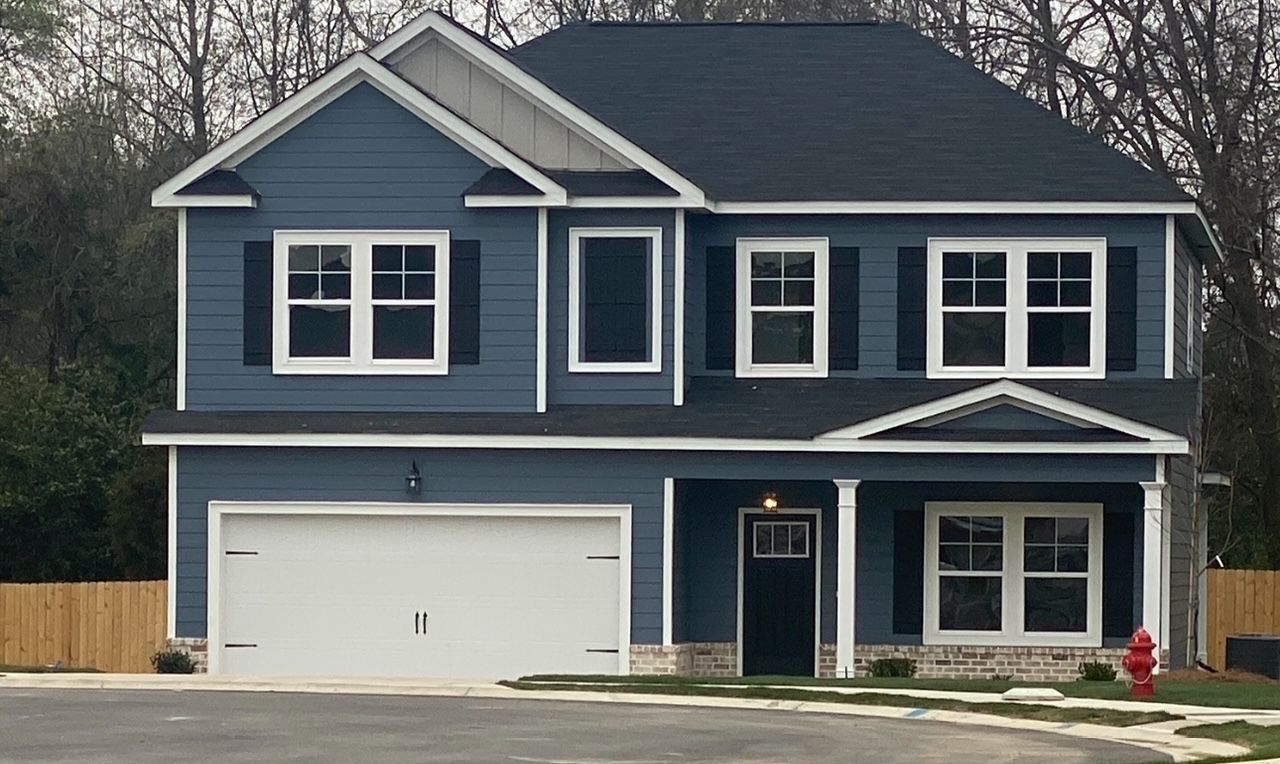Meet the Texas tycoon (named Ewing) who says he wants to invest $500M in Nashville
B. Edward Ewing seeks Metro’s commitment to bridges over Cumberland, policies that encourage taller, more expensive residential dwellings in area north of downtown Nashville.
B. Edward Ewing looks at 30 acres he owns off West Trinity Lane and envisions high-rise condos, office buildings, marinas and walking trails along the Cumberland River.
Under the retired business tycoon’s vision, that area could become part of the city’s “Gold Coast” or the downtown Nashville of tomorrow. And he’s willing to invest $200 million as part of an infusion of $500 million into the city to bring that vision to reality.
Ewing’s commitment, however, comes with a catch. The Belle Meade resident wants Metro government to buy into his vision, which includes the building of several bridges across the Cumberland River and taller, more expensive housing in that community north of downtown.
“This is changing the use of the properties between Clarksville Pike and Interstate 24 and Trinity Lane and the river,” said Ewing, who moved to Nashville from Dallas eight years ago after a stint turning around a local aircraft parts-making plant. “What’s interesting about this is the infrastructure is in place. It’s just the vision for the property that needs to change.”
Ewing’s proposed West Trinity Lane concept and connectivity plans raise several key questions for Nashville’s leaders as the city grows, including what types of residences should be built in areas around the Cumberland. His vision of high-rises and upper- middle-class dwellings in the $240 to $250-per-square-foot price range isn’t exactly in line with Metro’s community character policies for that area, which calls for a greater variety of housing but also commercial development along with increased density.
Metro Councilman Decosta Hastings has bought into Ewing’s vision for the West Trinity Lane corridor between Clarksville Pike and Interstate 24.
“That project would change the flow of the area,” Hastings said, adding that he doesn’t have any major issues with granting specific plan zoning because the targeted site is largely vacant. “We want to improve the layout of our community with several layers of development — not just affordable housing, but a live, work and play atmosphere.”
But Metro Planning Director Doug Sloan said that one key to any development moving forward would be how Ewing’s vision matches the community’s wishes on land use as expressed in the NashvilleNext plan to guide the city’s growth over the next 25 years.
“We want to see them go into the community, have conversations with the community,” Sloan said. “He’s right about development going to move from downtown to that part of the river. Especially if the (massive) River North (project planned for the East Bank) gets built, you can imagine how that could spur growth all the way out to Trinity Lane.”
Ewing: Dallas and Nashville poised to lead U.S. growth
Ewing’s vision draws inspiration from Dallas, the nation’s ninth-largest city, which the retired Carlyle Group executive had previously called home. He considers Dallas and Nashville poised to lead growth nationwide in part because of their pro-business climates, relatively lower cost of living, similar quality of life and “good weather.”
In Dallas, construction of connectors such as the Margaret Hunt Hill Bridge, which spans the Trinity River, has fueled a surge in property values and development projects that brought condos, apartment complexes, restaurants, breweries and retail businesses to that city’s west side. Two older bridges were converted into recreational amenities with pedestrian and bike crossings that connect to walking trails down to the Trinity River.
Just as those changes have meant growth in Dallas toward that city’s south end, Ewing sees public-private partnerships fueling Nashville’s growth farther north. “Why not north?” he asked, while looking over plans drawn up by local civil engineering firm Ragan-Smith Associates Inc. that envision three bridges, which would connect the MetroCenter area with Interstate 24, Whites Creek Pike and West Trinity Lane.
Ewing’s preliminary concept plan for his 30 acres calls for providing neighborhood retail and office services plus residential opportunities from ownership to rental high-end single-family to multifamily flats and executive high-rise condos with views of Nashville’s skyline over the Cumberland’s banks. Neighborhood services such as a dental practice, dry cleaning business, coffeehouse and deli/bakery plus small office and sit-own restaurant uses are envisioned for ground-floor retail spaces in five-to-six story residential buildings along West Trinity Lane.
“With over three miles of frontage along the Cumberland River as this corridor’s greatest asset, the infill mixed-use development opportunities are vast with the proper investments made,” said Alan Thompson, a vice president with Ragan-Smith.
Ewing is joined in his vision by his son, Tony Ewing, and Austin Pennington, the CEO of Brentwood-based Barlow Builders, whose family has deep roots in the Nashville region. Pennington said Nashville’s north end, including Germantown, lacks a major anchor development, adding that mixed-use projects such as what he and the Ewings propose for the West Trinity Lane site near headquarters of the Church of God Sanctified Inc. could help with easing pressures that Nashville faces as the city grows.
“As our traffic congestion problem increases, we have all this land on the other side of the river that its infinite uses can help us alleviate the Nashville traffic problem and allow us to keep the old Nashville iconic in its original form while building the new Nashville,” Pennington said. “The only way for investment to truly pay for itself is to have the property tax base increase, especially where there’s plenty of land. And the only place with plenty of land is the north, not to the south. This is a vision for the entire area, not just this one project.”
Fred Kane, vice president of land services with commercial real estate firm Cushman & Wakefield Nashville, considers Ewing’s vision of bridges over the Cumberland River more a longer-term proposition given Metro’s focus on projects such as developing mass transit.
“There needs to be some kind of transit stop there to get those people from there and give them a reason to live there,” Kane said about one addition that would make Ewing’s proposed development more appealing. “If they can come out their town homes or condos and get on a light rail to their jobs, then it’s a home run.”
Nashville-based economic and development consultant Randall Gross said Metro’s development of downtown’s West Riverfront Park and Ascend Amphitheater reflects how city leaders are making strides in recognizing the Cumberland River as an asset. “They’re on the same page with his vision of the river,” Gross said, referring to Ewing.
Gross, however, sees a role for Metro in making sure that people from all income levels have access to the river because it’s a public amenity. “There has to be housing for workers, for people who are working in our hotels,” he said. “They need to make sure we have housing close to the city that people can afford. It’s affordability that’s driving a lot of our economy, and our housing has to remain affordable. Certainly, we need high-end housing too, but we need a balance in the market.”
Mayor Megan Barry’s office recently released a report that projected a shortage of nearly 31,000 affordable rental units here by 2025 based on current rates of growth. The report, dubbed “Housing Nashville,” however, didn’t take into account new affordable housing that could come online.
From humble beginnings
Ewing (no relation to J.R.) rebuffs any likely claim of his vision for North Nashville fostering gentrification by citing his own humble upbringing in Jasper, Ind. “I didn’t like being poor growing up,” he said, recalling how his family was evicted several times.
Such experiences helped to fuel a drive in Ewing, whose estimated net worth is up to $750 million. His wealth was built from buying, turning around and selling companies along with real estate investments through Ewing Properties. That company’s affiliates have property investments in Tennessee, Texas and Indiana.
Ewing said boredom with “sitting on the couch and watching Fox Business” led him to come out of retirement two years ago, getting off what he termed “President Obama’s unemployed, retired and not looking for a job list.”
Elsewhere in Nashville, Ewing developed and earlier this year sold The Astoria office building at 3803 Bedford Ave. in Green Hills. In Dallas, he has $175 million worth of construction underway in 14 buildings.
Ewing insists that he’s not forcing Metro to play along, but said that the city’s buy-in is key to moving forward with his vision.
“Once the vision is shared by all parties and the restrictions are removed that allow this vision to succeed and the city plan for these architectural enhancements to the Nashville skyline to be built sometime … developers from all from the U.S. will come,” he said.
For now, Ewing continues to work on plans for his four tracts in the 1100 and 1200 blocks of West Trinity Lane near the intersection with Buena Vista Pike. The 30-acre site has frontage on West Trinity Lane and the Cumberland River, with Ewing owning up to the low river mark of the Cumberland.
“I’m very optimistic,” Ewing said. “Nashville, Tennessee, has a great opportunity and will experience significant growth over the next 10 to 20 years because of its leadership. And that’s why I’ve elected to invest $500 million here in the city.”
Reach Getahn Ward at gward@tennessean.com or 615-726-5968 and on Twitter @getahn.

